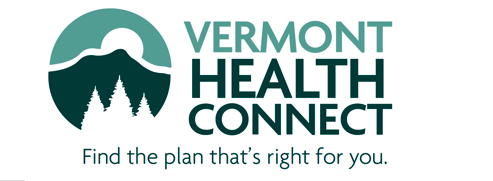By Jon Street | Watchdog.org
BURLINGTON — Leading experts say health care costs in the Green Mountain State are climbing to new heights, but Gov. Peter Shumlin denies it.
“If it were true, we wouldn’t be doing it,” he told Vermont Watchdog at an annual legislative breakfast at the Sheraton Hotel Conference Center in South Burlington Monday morning.
That was Shumlin’s response to a report published by the Manhattan Institute, a New York-based free market think tank, suggesting some Vermont residents could see up to a 157 percent spike in their monthly premiums thanks to Vermont Health Connect, the state’s health insurance exchange under Obamacare.
The study says young adults are likely to see the sharpest increase. Before reforms took effect Jan. 1, the average monthly premium for adults up to age 27 was $148 per month. The average premium for a person of the same age under Obamacare? They’ll now pay up to $380 per month.
Young adults aren’t the only ones expected to see a dramatic upswing in monthly costs.
Under Vermont Health Connect, residents who fall within the 28-40 age range will pay up to 125 percent more in premiums. Those in the age bracket of 41-64 should expect to pay up to 71 percent more for health coverage.
The pre-Obamacare rates were calculated based on the five least expensive plans by monthly premium in the most populous zip code in each county of Vermont. The rates were then adjusted to account for those who have been denied coverage previously as well as for those who receive a monthly premium surcharge. The institute then determined the weighted average of monthly premiums for 27-year-old males and females, 40-year-old males and females and 64-year-old males and females, all of whom the experts assumed to be nonsmokers.
New rates under Obamacare were calculated based on the same method as the pre-Obamacare rates. Experts at the Manhattan Institute used a website called ValuePenguin, which gathers its data from reports, databases, congressional bills and regulatory filings. Since health insurance providers are now banned from denying anyone coverage based on a pre-existing condition, the institute noted there was no need to determine weighted averages for these new rates.
Stanford University medical expert Jay Bhattacharya said government subsidized health care plans for low income citizens is one of the major factors contributing to higher health costs under Obamacare.
“Taxpayers will for sure be paying more, because those subsidies have to be paid for,” Bhattacharya told Vermont Watchdog.
Mike Noble, a spokesman for Fletcher Allen, one of Vermont’s largest health care providers, pointed out, “We’re not talking about lowering [health care] costs. We’re talking about lowering the rate of increase [in health care costs].”
Noble added that by “bending the cost curve,” health care reform will simply lower the rate of cost growth. Reform will not, Noble said, decrease health care costs.
“By introducing health care reform both at the state and federal level it is hoped that we’ll be spending less than [the current rate of growth], more [money] than we’re spending now, but less than that original projection,” Noble said.
Vermont Watchdog reached out to Shumlin’s office for additional comment, but calls and emails were not returned by the time of this article’s publication. Jeffrey Ross, director of data management and analysis for the Department of Health Access, said he had “no comment” regarding the report.
When pressed on whether insurance premiums are, indeed, climbing, Ross simply responded, “I don’t know” and referred the call to someone within the governor’s office.


